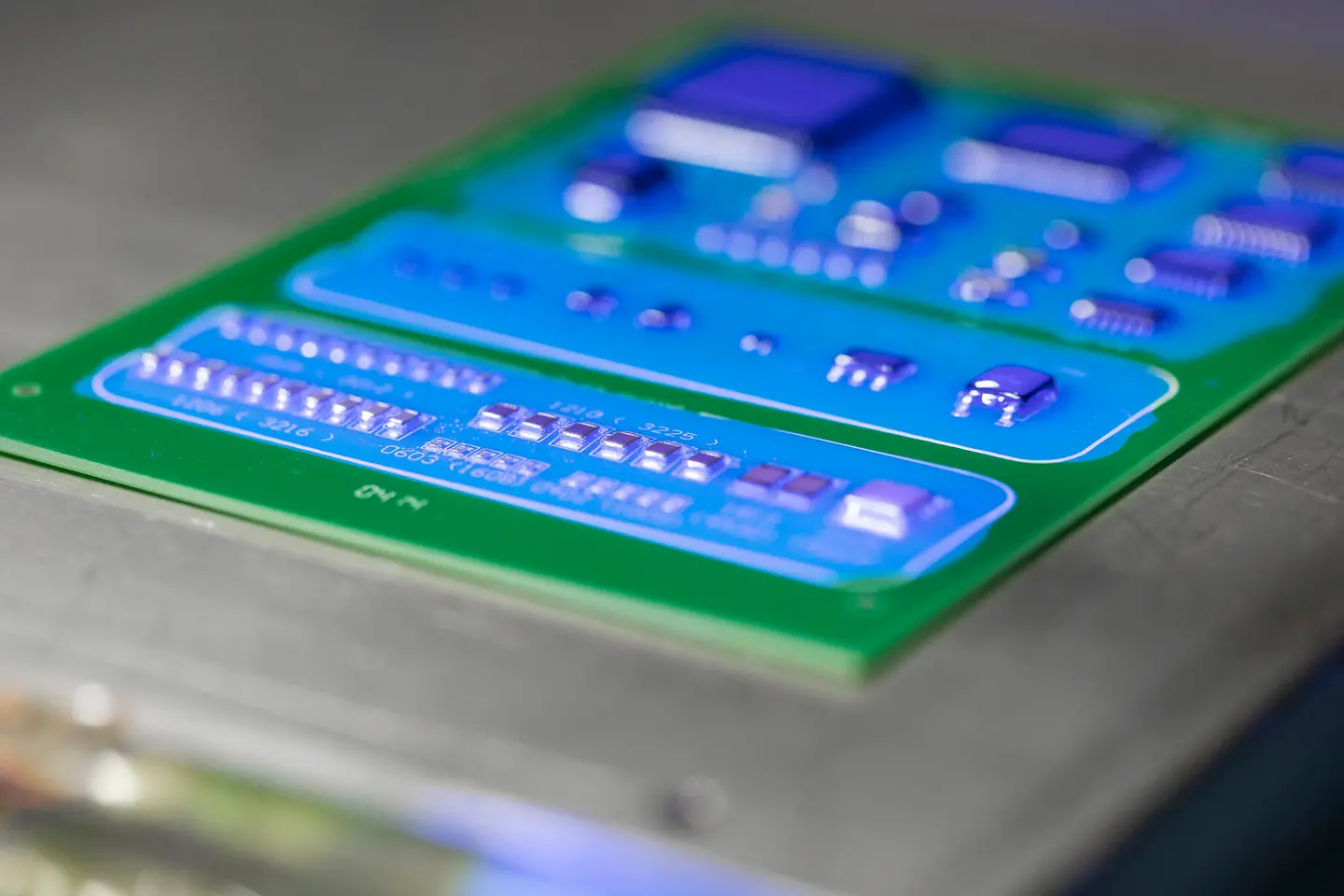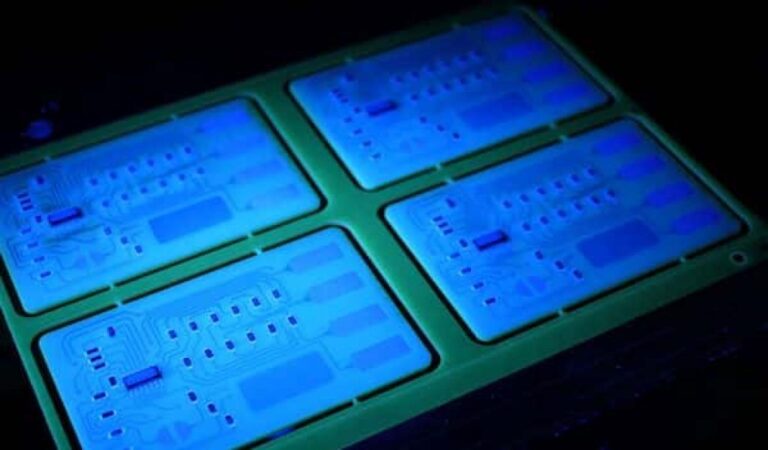Ultimate Guide to Conformal Coating: Types, Applications, and Benefits
Conformal coating is a crucial process in the electronics industry, providing a protective layer that enhances the reliability and longevity of electronic components. This comprehensive guide explores the various types of conformal coatings, their application techniques, and the benefits they offer.
Types of Conformal Coatings:
- Acrylic: Acrylic coatings are popular due to their ease of application, relatively low cost, and good resistance to moisture and fungus. They’re also easy to remove and reapply if necessary.
- Silicone: Silicone coatings offer excellent protection against moisture and high temperatures. They’re also highly flexible, which is beneficial for PCBs subject to mechanical stress.
- Urethane: Urethane coatings provide robust protection against chemicals, abrasion, and moisture. They are suitable for PCBs exposed to harsh environments.
- Epoxy: Epoxy coatings offer superior chemical and temperature resistance. They are also known for their strong adhesion properties, making them suitable for demanding applications.
- UV Curing: These coatings are used to protect PCB from moisture, dust, chemical, and temperature extremes to enhance their reliability and lifespan. They are commonly made of Acrylated Urethane in one component that offers high solid, flexibility, surface hardness. Most of them have dual cure mechanism for shadow area.
- Parylene: Parylene coatings are deposited as a gas and offer excellent protection against moisture, chemicals, and temperature extremes. They are highly conformal and offer a thin, lightweight coating.
Application Techniques:
- Brushing: Brushing is a simple and cost-effective method of applying conformal coatings. However, it can be challenging to achieve a uniform coating thickness.
- Dipping: Dipping involves immersing the electronic component in a bath of conformal coating material. This method provides good coverage but may require multiple dips to achieve the desired thickness.
- Spraying: Spraying is a popular method for applying conformal coatings as it allows for precise control over the coating thickness. It is suitable for both batch and continuous processing.
- Selective Coating: Selective coating is used to apply conformal coatings to specific areas of the electronic component. This method is ideal for applications where coating certain areas while leaving others uncoated is necessary.
Benefits of Conformal Coating:
- Environmental Protection: Conformal coatings protect electronic components from moisture, dust, and chemicals, ensuring reliable performance in harsh environments.
- Increased Reliability: By providing a protective barrier, conformal coatings reduce the risk of electrical failures due to corrosion, contamination, or mechanical stress.
- Improved Lifespan: Conformal coatings can extend the lifespan of electronic components by protecting them from environmental factors that can degrade their performance over time.
- Enhanced Performance: Conformal coatings can improve the performance of electronic components by providing thermal insulation, reducing electrical noise, and enhancing signal integrity.
Conclusion:
Conformal coating plays a vital role in ensuring the reliability and longevity of electronic components. By understanding the different types of coatings, application techniques, and the benefits they offer, electronics manufacturers can make informed decisions to protect their products and enhance their performance.
Please contact GlueRu to provide solutions to your challenges!





